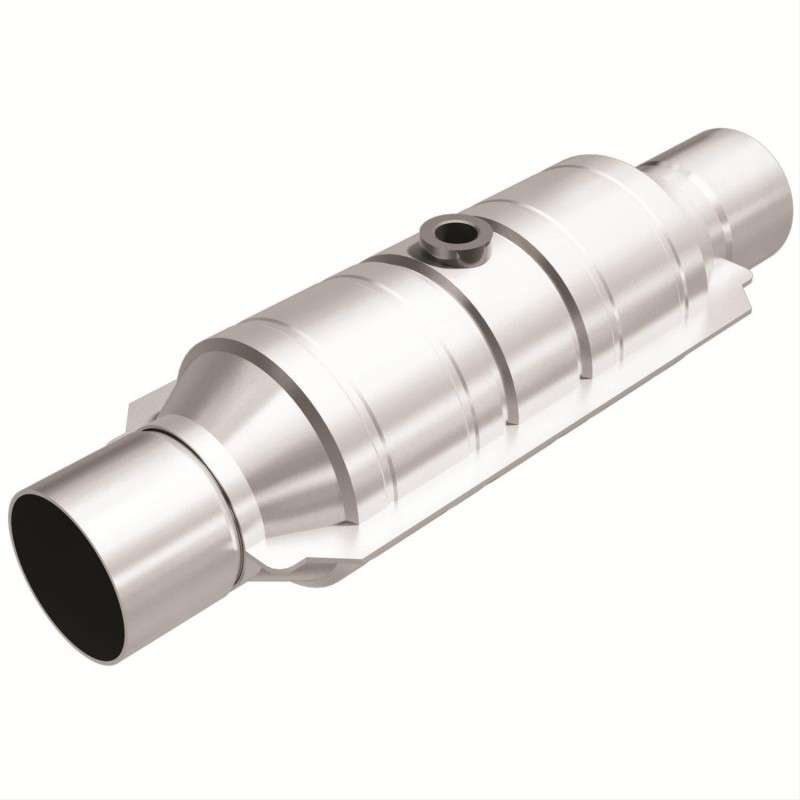Product successfully added to your shopping cart
There are 0 items in your cart. There is 1 item in your cart.
- MenuBack
- HOME
- NISSAN
- NISSAN
- 240Z, 260Z, 280Z
- 300ZX
- 350Z
- BODY & STYLING
- BRAKES
- COOLING
- ENGINE
- BELTS, PULLEYS & TENSIONERS
- BOLTS & STUDS
- CAMSHAFTS
- CRANKSHAFT BEARINGS
- CRANKSHAFTS
- DAMPENERS & MOUNTS
- ELECTRONICS
- ENGINE OIL
- FORGED ENGINE PACKAGES
- GASKETS & SEALS
- NITROUS KITS
- OIL FILTERS
- OIL PANS & SPACERS
- OIL PUMPS
- PISTONS & CON RODS
- PLENUM & INTAKE MANIFOLDS
- SERVICING KITS
- STROKER KITS
- TIMING CHAINS, TENSIONERS
- VALVES, RETAINERS, SPRINGS
- EXHAUSTS
- FUEL & IGNITION
- INTAKES
- LS CONVERSION
- POWERTRAIN
- SUSPENSION & STEERING
- TURBOS & SUPERCHARGERS
- WHEELS ACCESSORIES
- 370Z
- JUKE RS
- R35 GT-R
- SILVIA S13-S15
- SKYLINE R32 R33 R34
- TOYOTA
- TOYOTA
- GR86
- Supra A90
- Toyota GT86
- Yaris GR 2020+
- MAZDA
- OTHER CARS
- FORD
- FORD
- BRANDS
- WHEELS
- EXTRA
- HOW TO
EVO 8 & 9 MagnaFlow Universal Fit Catalytic Converter
MagnaFlow Universal catalytic converters by Car Sound form the basic building blocks for many applications. The main benefit of universal catalytic converters is that one unit may cover a wide variety of vehicle makes and models. Installing universal converters often requires the use of welding, cutting, and tube-bending equipment that is readily available to most professional installers.
They are extremely well made, with features such as:
- A ribbed body that minimizes expansion and distortion when the converter heats up. The ribs form a channel that protects the cushioning mat from direct exposure to exhaust gasses, and they hold the ceramic catalyst in proper alignment.
- A 1/2 in. lap joint where the necks meet the body. The neck does not extend into the converter body, where it could hamper exhaust flow.
- Manufactured with separate dies on different sized inlets. Putting larger neck sizes on smaller bodies would reduce the flow of the converter and the quality of the product.
- A monolithic honeycomb catalyst. The ceramic is designed for maximum flow and surface area. The coating method is strictly controlled to maintain exact specifications. An improper coating could result in flow restrictions or an emissions test failure.
- Seam-welded close to the converter body for a strong, tight bond. Welding along the edge could allow the converter to expand like the folds in an accordion, allowing the catalyst to move around.
- Heavier-gauge stainless steel, tip-to-tip. Other manufacturers use mixed weights and materials.
- An aluminized or stainless OEM-style ribbed heat shield that creates a rigid wall of protection against heat and adds to the structural stability of the converter.
 Submit a review and get voucher for discount £1, valid for 365 days
Submit a review and get voucher for discount £1, valid for 365 days| Rating: |      |
| Name: | |
| Text: | |
| Add review |



